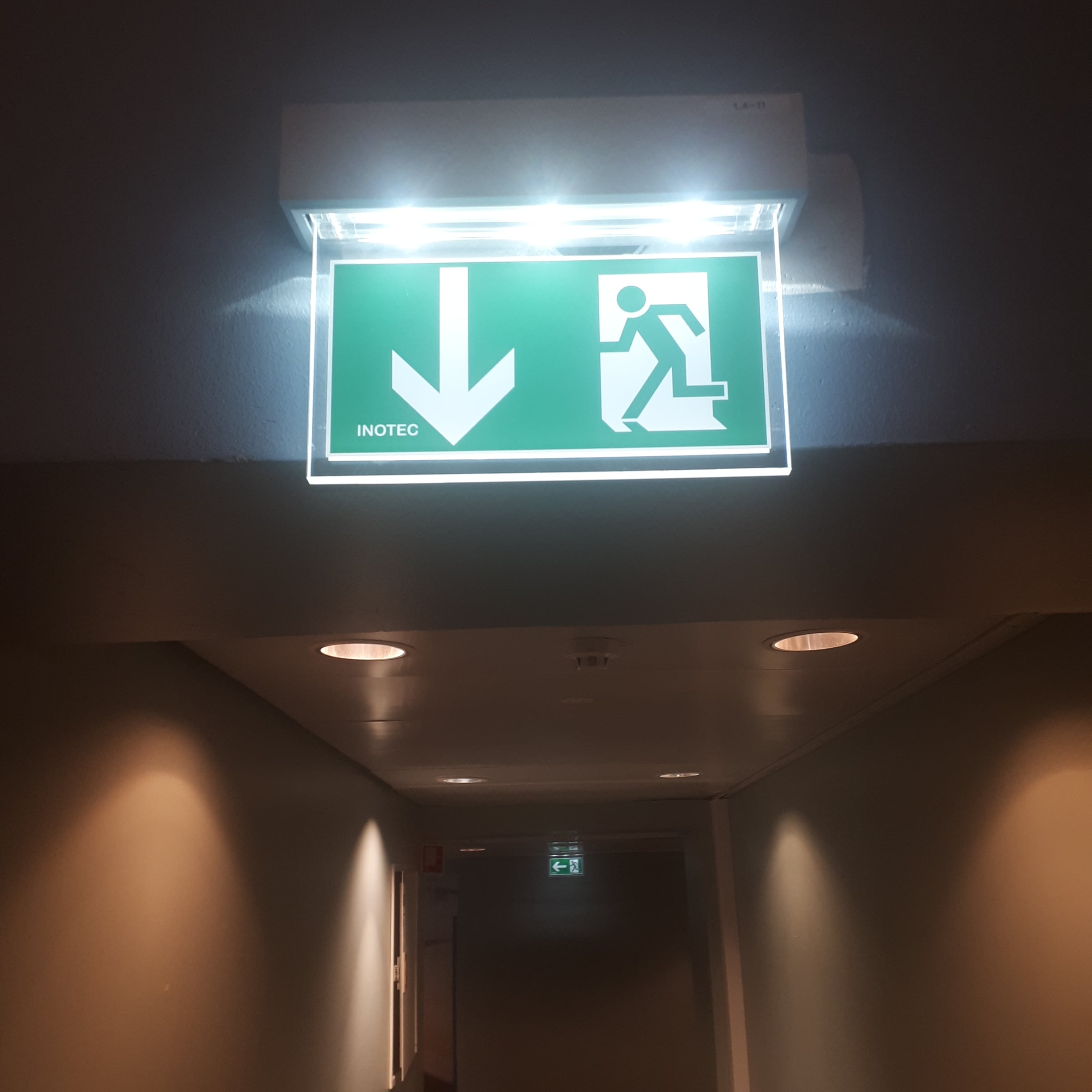A-team - Recording and sampling

Recording and sampling
Today we recorded sounds using three techniques; Circuit sniffing, earbuds through mini-amplifier, and with a contact mic. We then used some of the sounds we recorded in a sampler, made using web technologies, including javascript with the library P5.js.
Sound walk in Oslo
We (Juno, Espen & Sam) went around the musicology department circuit and foley sound hunting. We gathered sounds using 3 techniques, all in Lo-Fi traditions. Firstly we used a fm radio app with a pair of cheap overhead headphones as a mike. Here was our experience.
At first we struggled to find any reaction, the keypads on the door didn’t seem to have enough power to register.
Then we had more luck on to the fuse box, located in one of the hallways in the ZEB-building. What a response! when moving the amplifier close to the cupboard - it created a heavy feedback, with a volume that made teachers come out of their classrooms asking what was going on. Listen to it underneath.

Then we went to the kitchen, testing to record sound from a microwave oven (when turned on) and later, hovering over a laptop, which gave some interesting sounds. According to Sam, the most noticeable sound is due to proximity to the CPU.

I have to say - finding weird and wonderful sounds hidden around us everyday felt pretty awesome, and can be a great potential source for texture and foley.
Improvising with the samples
Regarding our group, we managed to have a rhythmic improv. Oslo had prepared more percussive sounds. So we decided to have a rhythmic pattern ongoing, based on the sounds that Oslo had sampled, then Trondheim could start adding more ambient ones and build up some space. In Trondheim we used two sets of 4 samples, one straight and one reversed (coded in JS) and started to build up on Oslo’s rhythm. The table underneath are the sounds used in the sampler in Trondheim. All of the sounds are recorded with the contact mic.
| nr. | Material | Behaviour | Soundfile |
|---|---|---|---|
| 1. | Keyboard | Not that much of dynamics in recording because of the sound source - but it picked it up pretty good | |
| 2. | Voice | Talking into a paper tube and an iron box - the amount of reverb in the iron box was more significant and the sound effect was more reach in high mid areas | |
| 3. | Cymbal | Used overdrive to get the proper level and that ruined the details in the sound. | |
| 4. | Water | Nice transients and Dynamics. |
I do have to mention that Oslo sounds sounded more abstract than Trondheim’s ones, though the reverse code made Trondheim’s realistic sounds abstract as well. Regarding the whole group improvisation, since it was just a haphazard improvisation and most of the people were not expert in this sort of improvisation, as Keith Row (the famous english sound artist) says, it could be called as a Sonic Sausage. We used our laptop speakers in both campus and transferred the sound via mics and zoom which didn’t let the people on each side, to monitor the sound of the other side properly. Because of that issue, it was a bit problematic playing together; but also very much fun.
